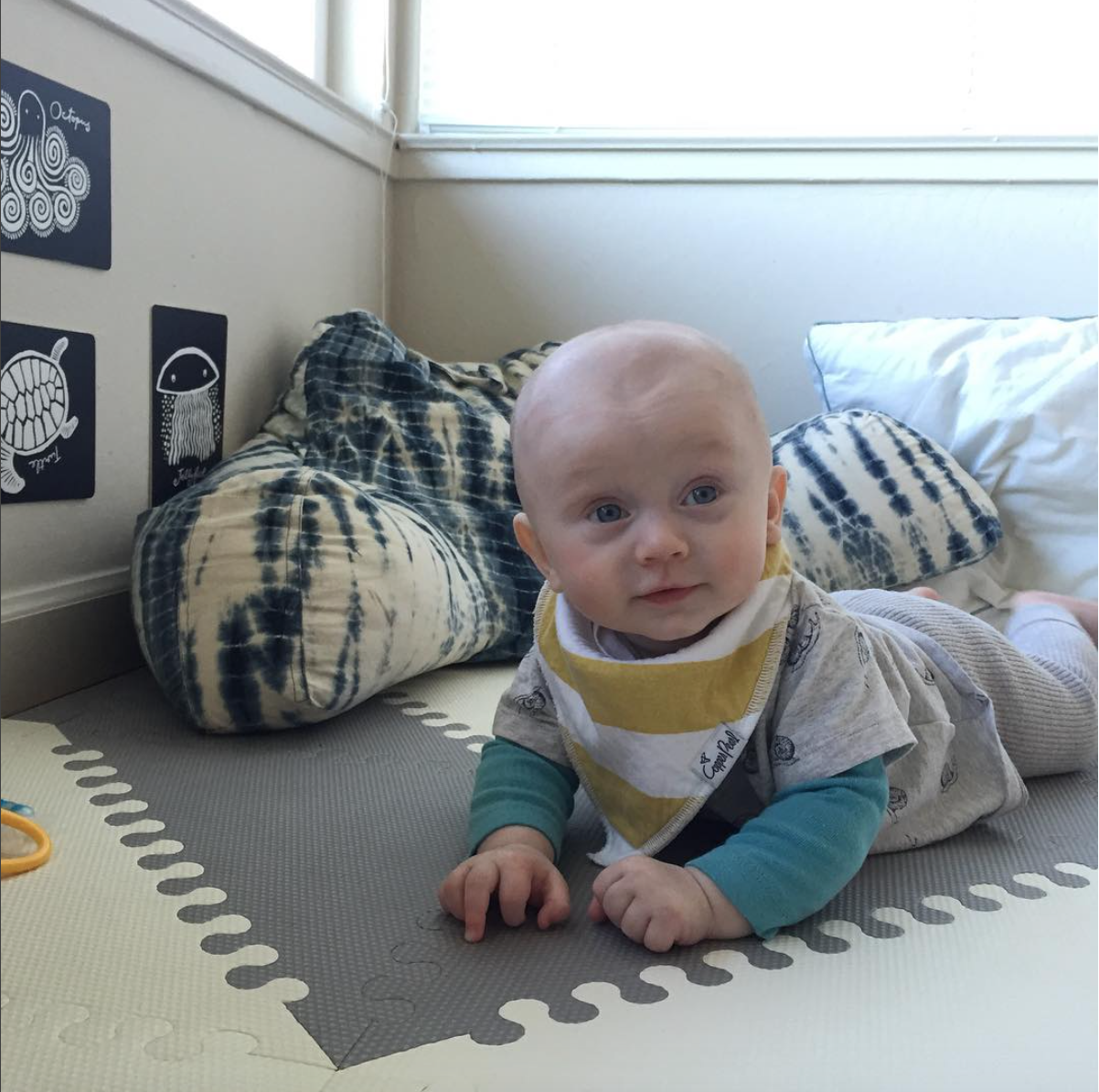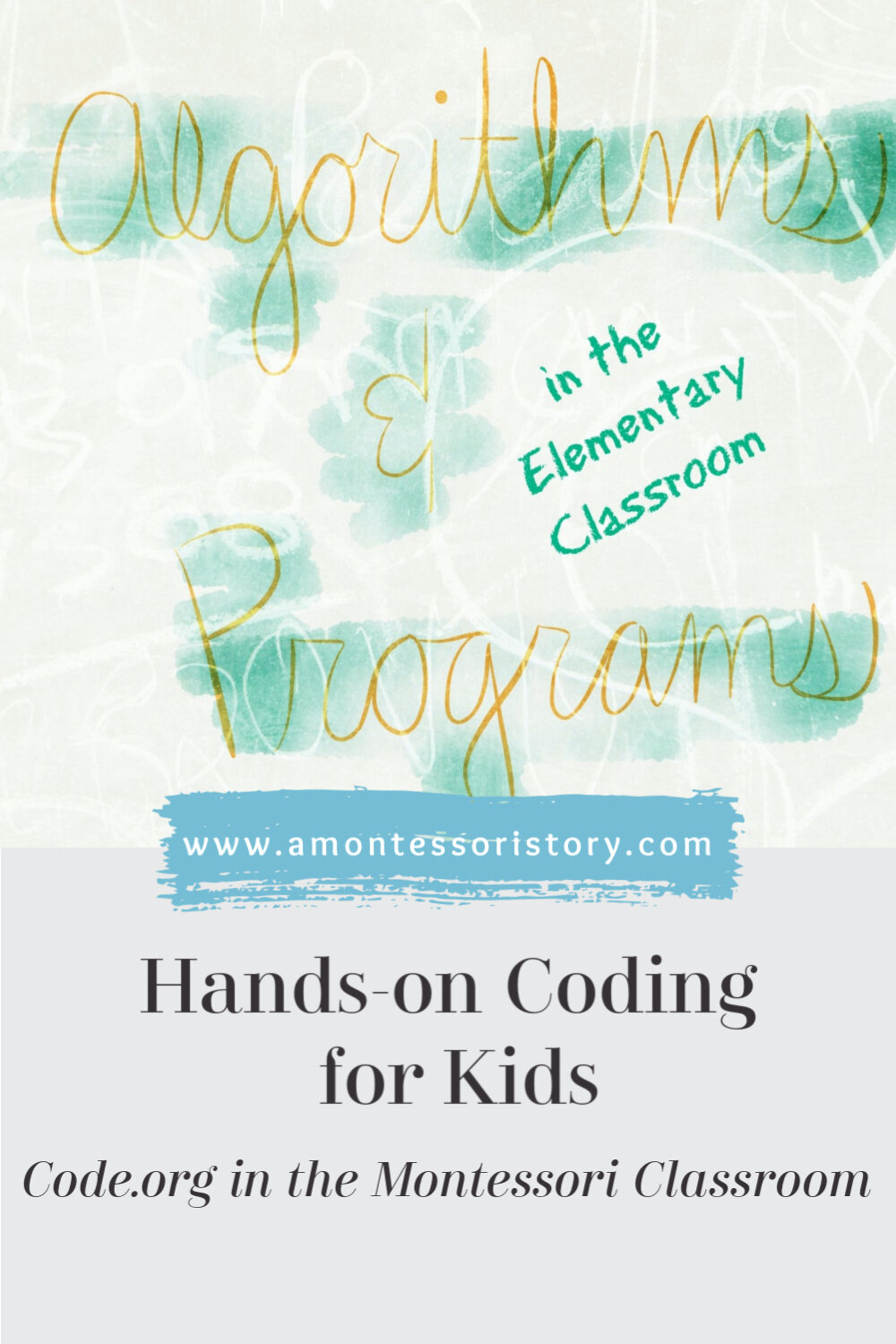Mindfulness in the Classroom with Zentangles
Today, I want to introduce you to a great way to develop mindfulness in the classroom: Zentangles!
What is a Zentangle, you ask? Only my new favorite pastime!
In short, it is an artform that is created by combining different patterns and designs to create unique images.
No two Zentangles are the same, but each is beautiful in its own way. I have known about Zentangles for a while now and have been itching to try it out for myself.
So, I finally ordered the most basic supplies on Amazon to get started. I used the Studio Series Art Tiles and a Sakura Micron Pen set in black ink. I got started with One Zentangle a Day, a book with step-by-step pattern instructions and lots of inspiration.
After completing my own Zentangles, I knew I had to incorporate them into the classroom! This work is perfect for elementary-aged students. It is not only fun, but it develops mindfulness. You may or may not know this about me, but I am always on the lookout for new ways to promote mindfulness in the classroom!
Why? Because mindfulness is a practical life skill. It allows us to be aware of our surroundings; it allows us to enjoy the present moment; it allows us to acknowledge our feelings and emotions. Practicing mindfulness increases focus and reduces stress. In the classroom, mindfulness can help students concentrate on their work and enjoy their learning! If you haven't already, I encourage you to read more about mindfulness in the classroom. There is some promising research in the works!
As Zentangles are drawn in pen, there is no erasing. This should be a quiet and meditative work, because concentration and focus are encouraged when drawing the intricate and detailed designs. Zentangles also teach students that it's okay to make mistakes. Something beautiful can always come from mistakes made along the way!
On top of that, Zentangles can combine the Elements of Art. Most notably, lines, but also color, space, perspective, and even form. This makes Zentangles the perfect follow-up work to your art lessons!
For an elementary Montessori prepared environment, this work could be placed on the art shelf or on the peace shelf, depending on how you intend it to be used. Your set-up would include a tray that holds a limited number of tiles, a few micron pens to choose from, and three or four simple step-by-step pattern examples. You could also include photos of Zentangles done by others for inspiration!
For further work with Zentangles, students might try incorporating colored pencils, watercolors, or even ultra-fine point, colored Sharpies into their artwork. As students learn new patterns and designs, they begin to feel more confident in including Zentangles into other artforms as well. I've seen a student draw a self-portrait with a background of Zentangles. I've had students make Zentangle magnets. I've even seen Zentangle bookmarks! The creativity and possibilities are truly boundless.
If you are interested in making your own Zentangles or introducing them to your students, here are some other great resources to get you started:
For a complete, ready-to-go kit with quality materials, try the Zentangle Kit
For project ideas and inspiration for kids, try Zentangle for Kids
For a fun way for kids to focus on the process over the product, try Tangle Art and Drawing Games for Kids
For more focus on mindfulness, try Joy of Zentangle: Drawing Your Way to Increased Creativity, Focus, and Well-Being
Have you tried Zen Tangles with students in the classroom? Share your experiences and ideas in the comments!

























